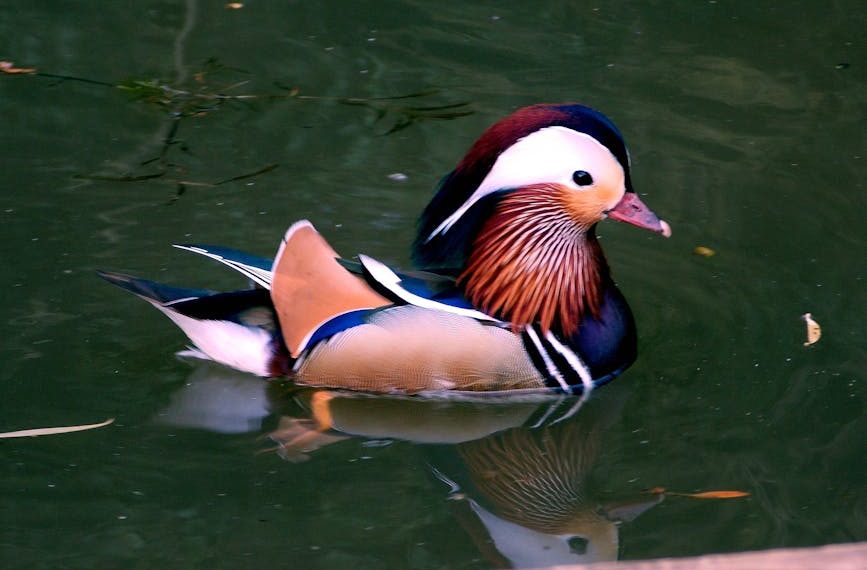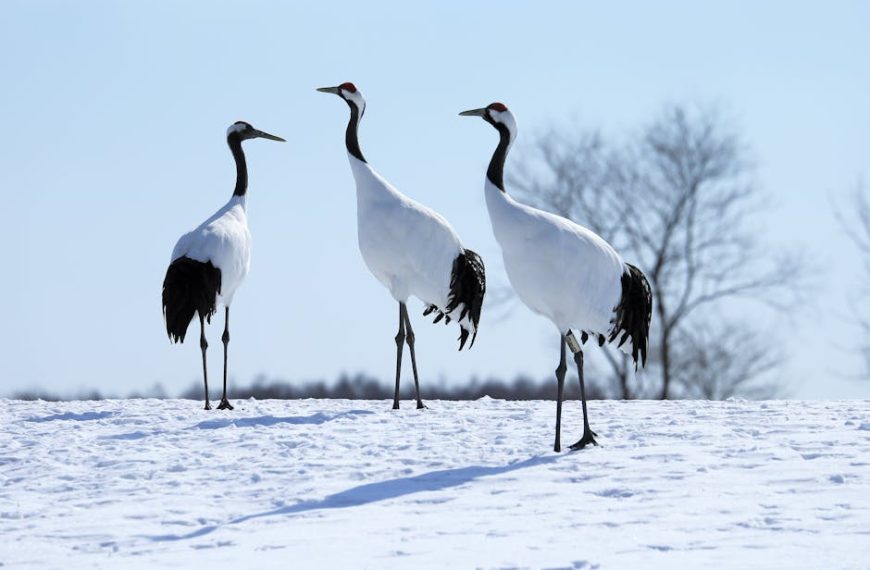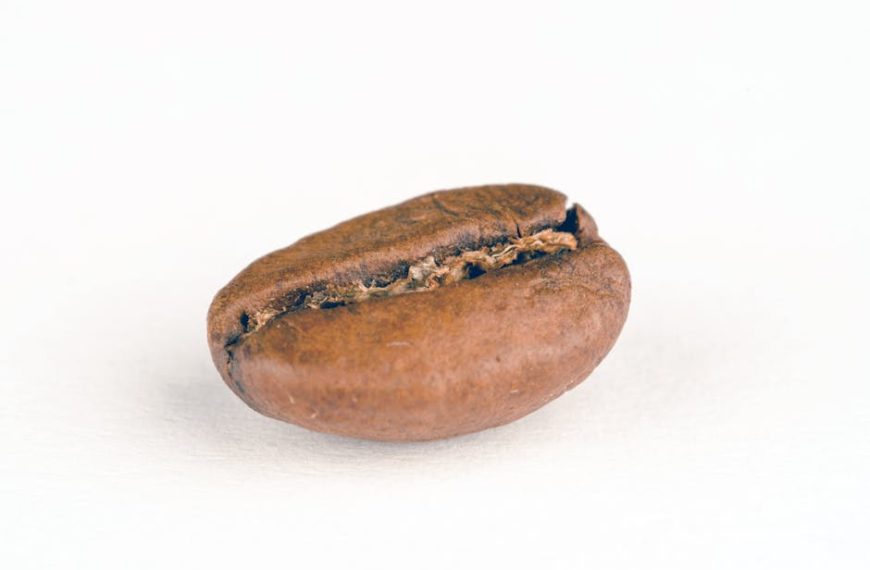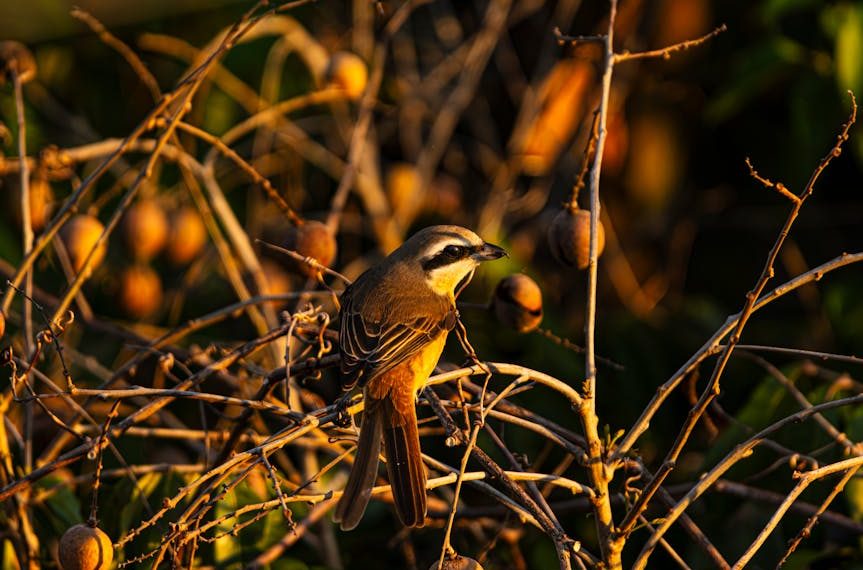The fascinating world of birds is engrossed with captivating science, poetics of flight, and color splashes. But among everything that excites bird enthusiasts, how birds find their food takes center stage. It’s far from random pecking around; rather, it’s a fine-tuned process involving a sequence of evolved traits and behaviors.
Understanding Birds’ Sense of Sight in Finding Food
A bird’s vision is starkly superior to that of the humans. Their highly evolved visual systems help them spot food from significant heights or within dense foliage. Colors play an influential role in this. Birds have a broader range of color sensitivity, thanks to additional pigments in their retinas. They can detect delicate changes of color and pattern, which can be handy when distinguishing colorful fruits or insects among the flora. Different feather colors can also provide clues about varied diets in bird species.
Pro Tip: If you observe a bird with vibrantly colored feathers, it’s likely that their diet includes foods high in carotenoids, such as fruits and insects rich in this nutrient.
The Role of Smell and Taste in Bird Foraging
While sight predominates in many bird species when foraging, smell and taste aren’t to be sidelined. Certain bird species rely heavily on their sense of smell for food hunting. Vultures, for instance, can detect the smell of carcasses kilometers away, while kiwis use their odorous noses to locate worms and insects underground. Though birds possess fewer taste buds than humans, their sense of taste significantly contributes to their food preferences, helping them identify bitterness, saltiness, and acidity in potential food items.
Best Practices: When you’re setting up bird feeders, consider adding aromatic foods such as fruit slices. These may attract more species who have developed a keen sense of smell.
Hearing and Touch: Unseen Allies in Bird Foraging
Exceptional hearing aids are another extraordinary feature that birds deploy to hunt. Owls, renowned night-feeders, can pinpoint the scuttling sound of a mouse in total darkness, while marsh birds can detect the splash sound of fish in water. For water-dwelling birds, touch insightfully comes into play. They use their bills to feel for food under the water surface or within the muddy river bottoms, using touch-sensitive cells called Herbst corpuscles.
1. Owl – Exceptional hearing aiding nocturnal hunting
2. Marsh Birds – Can hear fish splashing in waters
3. Flamingos – Touch sensitivity helps in filtering food from water
| Duck | Flamingo | |
|---|---|---|
| Sense of Touch | Used primarily to identify edible aquatic plants | Filters food from the water by feeling with their bill |
Bird foraging isn’t all about natural gifts, though; a part of it is learned, and that adds another exquisite layer to the mechanics of how birds find their food. This learned behavior along with instinctive skills joins hands with the type of environment birds live in, and the seasonal changes they endure to shape their food foraging practices.
Avian Instincts and Learned Behavior in Food Hunting
Birds instinctively know some tricks of the trade when it comes to finding food. These are encoded in their DNA and are revealed right from the time they are little fledglings. Behaviors such as ground pecking, air snatching, or surface skimming are just a few instinctive methods birds use in their daily quest for sustenance. However, birds also indulge in learning and developing their foraging skills through observation and imitation. Following other successful foragers or watching parent birds can teach young birds effective food-finding techniques.
Pros and Cons: Instinctive foraging habits are primarily genetic, which means birds are born with them. This gives them an early advantage in survival. However, due to the fixed nature of these behaviors, they’re not easily adaptable to changing food or environmental conditions. On the other hand, learned foraging habits allow birds to adapt more readily to changing environments – yet, they require time and resources to develop and could be risky in the beginning.
The Influence of Environment and Season on Avian Foraging
The environment encompasses several influencing factors on a bird’s foraging habits. Be it the type of vegetation, the geographical location, or the weather conditions – each plays a vital role in shaping the bird’s food searching behaviors. Similarly, seasonal changes greatly impact the availability of their food. Bird migration is a prime example of this seasonal change influence, as it drives birds across countries in search of plentiful food and suitable breeding grounds.
Here are some of the common garden birds and their preferred seasonal foods:
1. Sparrows – Seeds and insects
2. Robins – Worms and berries
3. Blackbirds – Earthworms and fruits
The behavior and strategies of birds in tropical climates and temperate regions vary considerably due to the differences in food availability and environmental conditions.
| Tropical Birds | Temperate Birds | |
|---|---|---|
| Food Foraging Behavior | Often have specialized diets due to abundant food resources | May have more generalized diets due to fluctuating food availability |
| Foraging Strategies | Frequent fruit feeders and nectar feeders, owing to high plant diversity | Often ground feeders and incorporate seeds and small animals into their diet |
Understanding how birds find their food can offer surprising insights into their world. Their finely tuned senses, instinctive behaviors, their capability to learn, and their response to environmental and seasonal changes all play substantial roles in the survival game. As we learn more, our capacity to aid them and conserve their habitat grows, highlighting the importance of this intriguing discourse.
Key Takeaway:
- Birds utilize their superior sense of sight to locate food from great heights and within dense bushes. The color of their feathers often signifies their diet, demonstrating the critical role of visual cues in avian foraging.
- Certain bird species, such as vultures and kiwis, depend heavily on their sense of smell to find food, indicating that various senses are employed in avian foraging strategies.
- Remarkable hearing abilities aid some bird species like owls in identifying prey in complete darkness, while the sense of touch plays a pivotal role for water-based birds in detecting food underwater.
- Birds employ instinctively learned behaviors, such as following successful foragers, to locate food, suggesting that both innate and learned behaviors contribute to avian foraging habits.
- Environmental factors and seasonal changes significantly influence bird foraging habits, driving them to migrate in search of better food sources and breeding grounds.
Birds beautifully orchestrate a symphony of senses, instincts, and learned behaviors to find their food, a testament to nature’s brilliance. Understanding their world gives us the opportunity to aid their survival and conservation. Keep exploring, observing, and marvel these feathered wonders to dig deeper into this fascinating avian discourse.
FAQs
Q: How do we know what senses birds use to find their food?
A: Studies on bird behavior and anatomy give us insights into their foraging strategies. For instance, observing birds’ reactions to scents allows us to discern the role of smell in food sourcing. Likewise, dissections reveal physiological adaptations related to tactile and auditory senses.
Q: Can birds taste the food they eat?
A: Yes, birds do have taste buds, though not as many as humans. They’re capable of identifying basic tastes like bitter, salty, and sour, which helps them determine what to eat.
Q: How do birds learn to find food?
A: Much of their foraging behavior is instinctive, passed down through genes. Over time, birds also learn by observing and imitating others, adding to their repertoire of food hunting skills.
Q: Why do some birds migrate seasonally?
A: Birds migrate primarily due to changes in food availability during different seasons. They go where there is plenty of food and suitable breeding conditions.
Q: Are bird feeding habits influenced by their environment?
A: Certainly! The type of vegetation, geographical location, and weather conditions greatly shape a bird’s food sourcing behaviors.
Enjoyed this article? Feel free to share it and explore more intriguing posts on our website!












